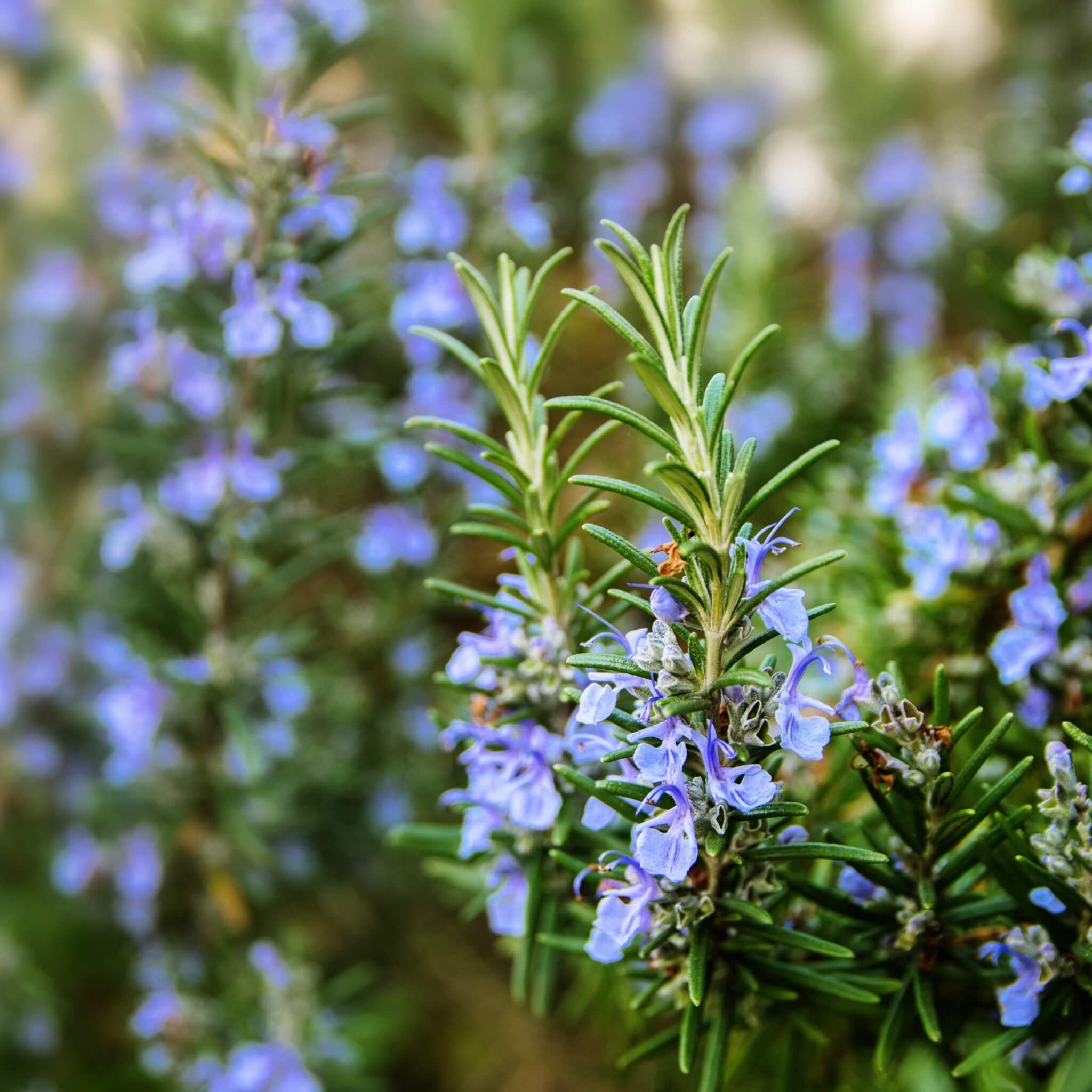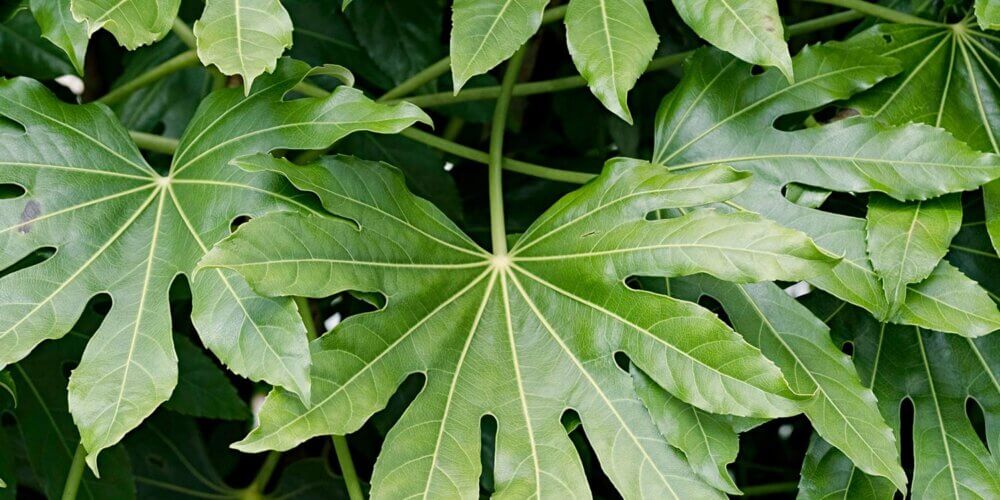
About Rosmarinus officinalis Prostrata (Creeping Rosemary)
This European native is called Rosmarinus officinalis Prostrata. A low-growing bush or groundcover with trailing branches that reach an average landscape size of 2′ x 4-6′. Its creeping needle-like leaves are accompanied by tiny purple flowers during its blooming season which lasts from winter through spring. Grown for its aromatic scent Rosmarinus officinalis Prostrata, commonly known as Creeping Rosemary, is a welcomed addition to almost any landscape design.
This shrub is known by many names some of which include: Rosmarinus officinalis Prostrata, Creeping Rosemary, and Trailing Rosemary.
Care Instructions
Plant Creeping Rosemary using well-draining soil in an area that receives full sun. Water regularly after planting to establish a healthy root system then reduce frequency. This bush thrives in coastal conditions and inland it can easily endure scorching sunshine with regular watering. This plant generally doesn’t require fertilizer but if it has become woody, use a slow-release general fertilizer in late winter to encourage new growth.
Where to plant Rosemary
Creeping Rosemary has both versatility and durability that make it a great staple for all landscape designs. It can be used as a ground cover, in containers, or on a hillside. It can also be planted to cascade over edges decorating an otherwise bare retaining wall or hillside. For those who like to cook using fresh herbs, this variety is a great source for Rosemary clippings.
Find more plants and tips here.


